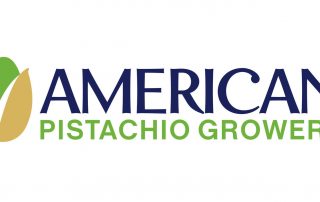Scott Fryer Joins American Pistachio Growers
Courtesy of the American Pistachio Growers
Veteran food marketing specialist tapped as Vice President, Global Marketing
Scott Fryer, with more than a decade of experience in the food marketing sector, has joined American Pistachio Growers as Vice President of Global Marketing. Fryer will lead APG’s initiatives to expand consumption of American-grown pistachios in the U.S. and abroad.
Before joining APG, Fryer served five years as Marketing Innovation Director for Sun-Maid Growers in Fresno where he directed the innovation and base business marketing efforts. He brings to APG a strong track record of successfully marketing an array of products. For seven years in his prior career at WhiteWave Foods in Broomfield, CO, he expanded several businesses including International Delight Coffee Creamer, Stok Cold Brew Coffee, and So Delicious Dairy Free .
“I am excited to join American Pistachio Growers and help drive demand for pistachios across the world,” Fryer said. “American pistachios are an incredibly heathy and nutritious snack, and if we can make consumers aware of the benefits, I have no doubt that they will love them as much as my family and I do.”
Richard Matoian, APG President, said the addition of Fryer to the APG team is timely as the pistachio industry is coming off a successful 2023 harvest season and growers and processors are eyeing increased pistachio crops looming in the future.
“We welcome Scott to the APG family and look forward to his contributions to the pistachio industry,” said Matoian. “Our industry has incredible opportunities to expand consumption of pistachios in the years ahead, especially in overseas markets. Scott will play a pivotal role in helping to fuel demand in our key markets.”
Fryer earned a B.A. at Brigham Young University and an MBA from Purdue University’s Daniels School of Business.
Scott and his wife, Elly, have four children. Among his off-duty pursuits are travel, sports and enjoying the outdoors with his family.



















